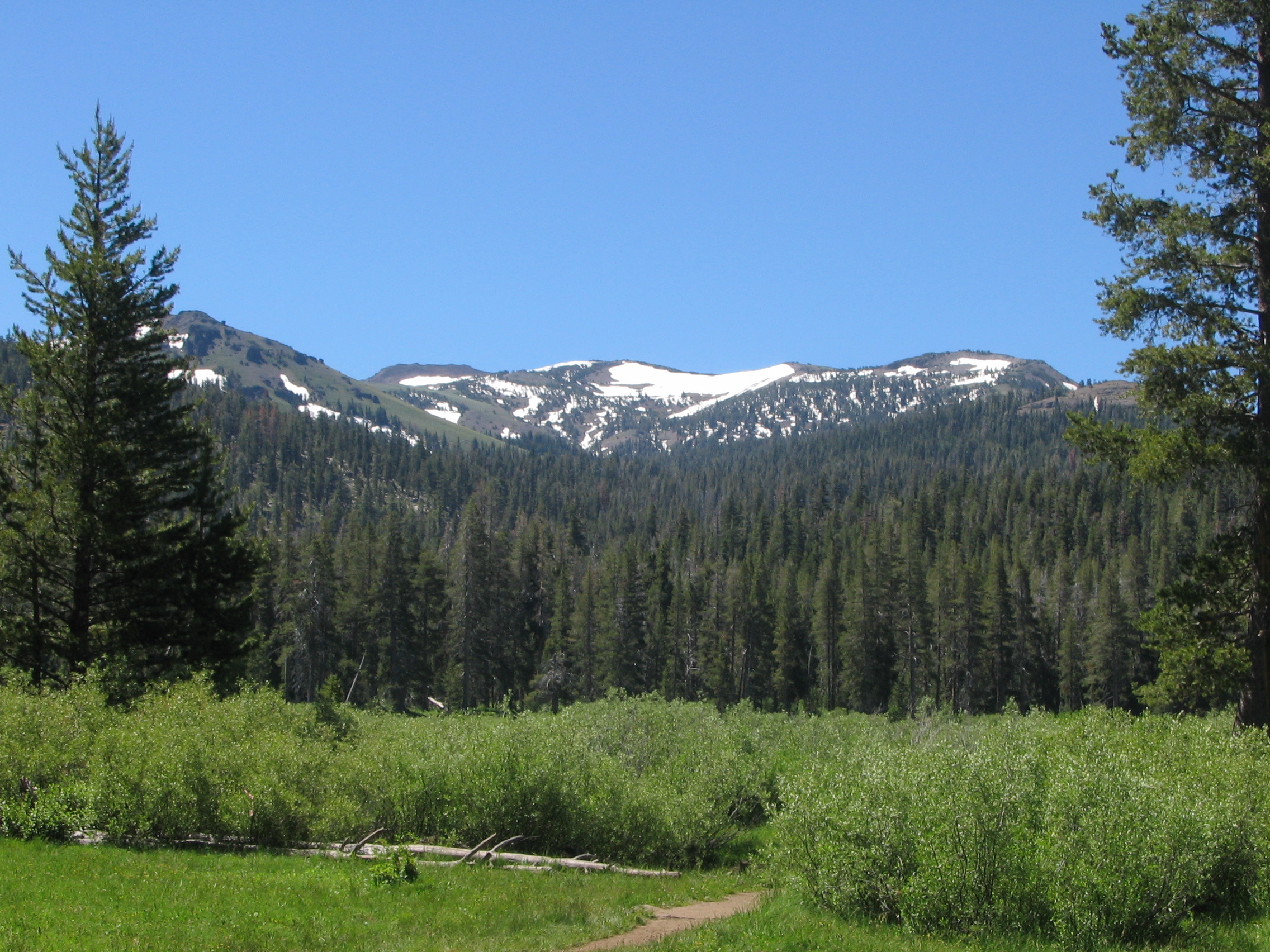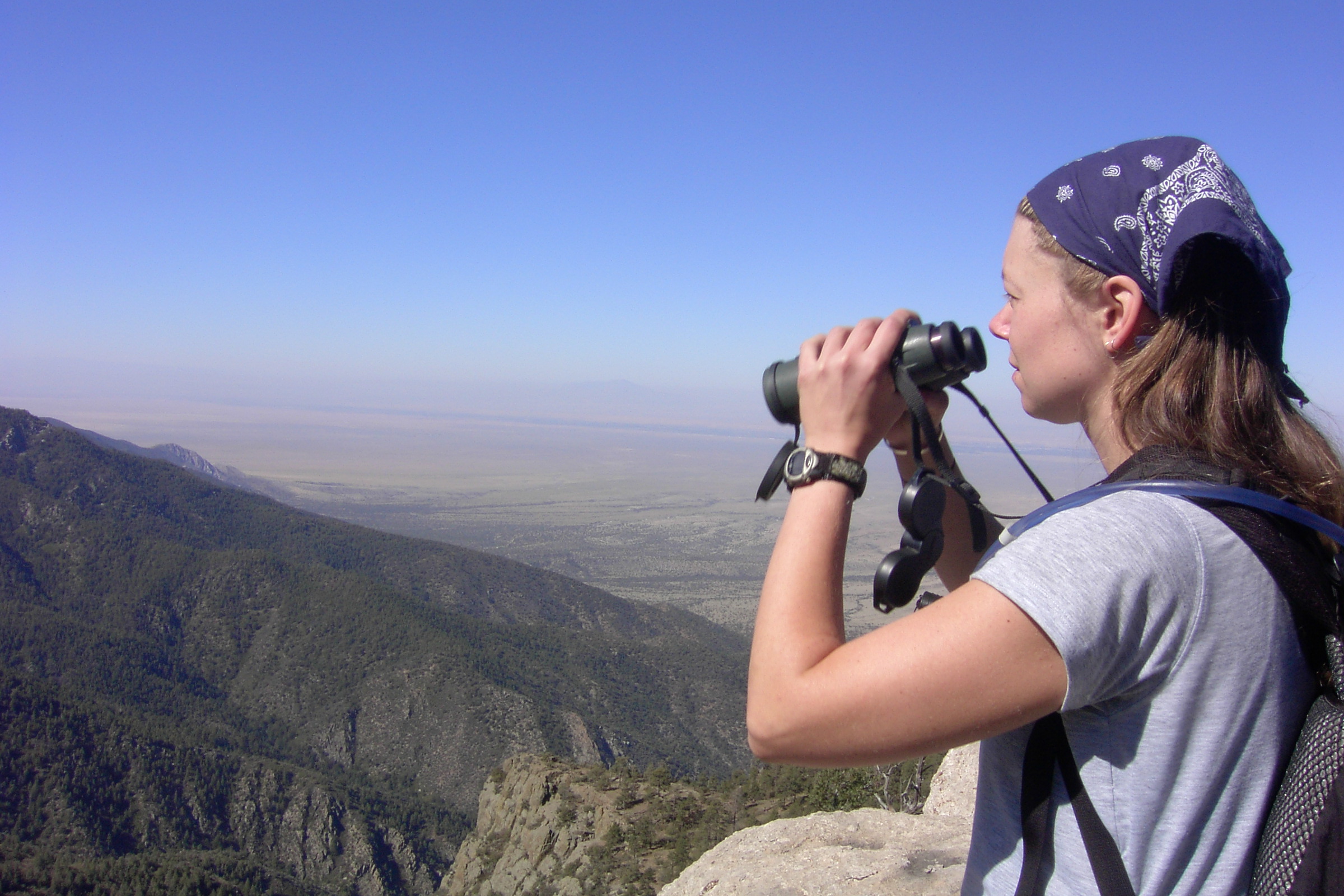Kathi Borgmann
borgmann@email.arizona.edu
Background:
I am a PhD student in Dr. Conway’s Lab. Broadly speaking, my research interests center on avian ecology and conservation, mechanisms underlying nest predation in songbirds, plant-animal interactions, and life-history traits in birds.
I received my undergraduate degree in Biological Aspects of Conservation from the University of Wisconsin at Madison in 1998. I received my Masters degree from The Ohio State University in 2002. My thesis focused on interactions between non-native plants and avian nesting success. Specifically, I examined the effects of urbanization on the probability of invasion by non-native plants in forest patches and, in turn, how non-native plants influence nesting success of forest songbirds. My results suggested that the proportion of urban land cover surrounding forest patches influenced the percent cover of honeysuckle (Lonicera spp.) within the understory of forest patches (Borgmann and Rodewald 2005). My research illustrated how consideration of factors at the scale of the entire landscape can substantially improve conservation outcomes in both restoration efforts and reserve-design planning. Results from my Masters research also suggested that non-native plants negatively affect nesting success of songbirds (Borgmann and Rodewald 2004), but the mechanisms and evolutionary consequences require further study.
My PhD research centers on investigating why nesting success of songbirds varies throughout a breeding season: implications on breeding phenology and variation in life-history traits. Nesting success of Wilson’s Warblers and Dusky Flycatchers increases throughout the breeding season, such that birds initiating nests early in the breeding season have a lower probability of fledging offspring. Seasonal increases in nesting success contradict the presumed benefits gained by laying larger clutches early in the season. This pattern creates a dilemma for single-brooded passerines with limited renesting frequency. To maximize clutch size individuals should breed early; however, breeding early incurs a higher risk of predation. Alternatively, breeding later in the season reduces the maximum number of young but increases probability of success. Therefore decisions on when to breed may be influenced by seasonal patterns of nesting success; however, no study to my knowledge has empirically examined factors that influence seasonal patterns of nesting success and subsequently affect breeding phenology. I am testing three hypotheses to explain why nesting success varies throughout the season: due to seasonal changes in (1) nest concealment, (2) alternative prey for nest predators, or (3) abundance of nest predators. Understanding factors that influence variation in nesting success will have implications for the evolution of breeding date and variation in life-history traits. Examining seasonal variation also will help isolate factors that limit nesting success.


Publications:
